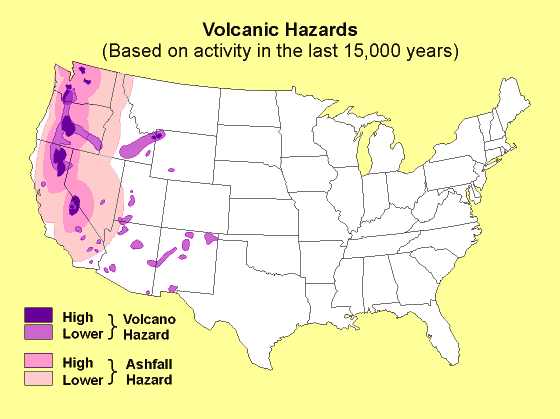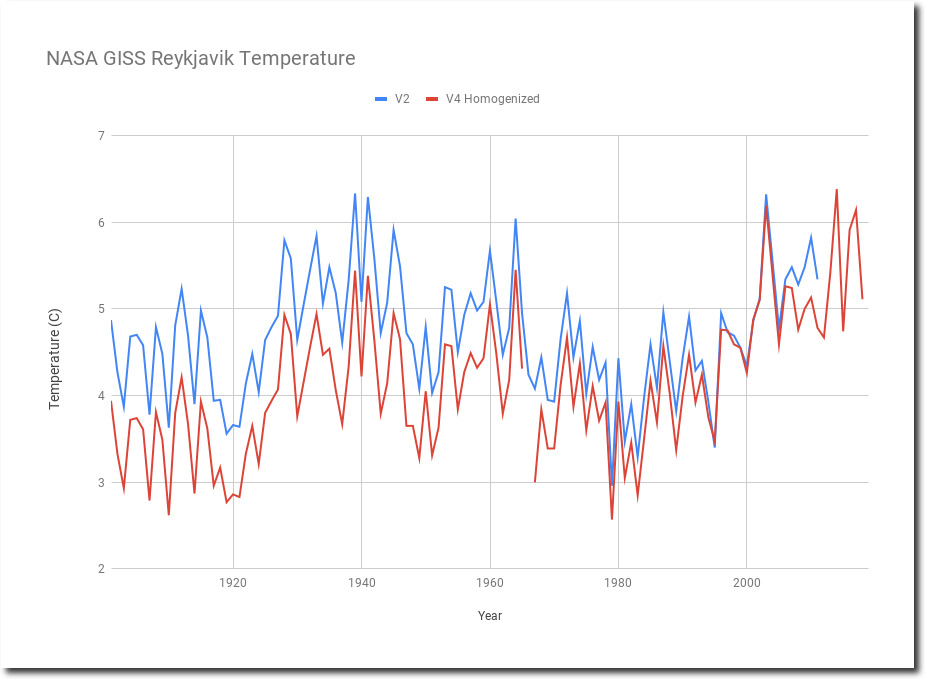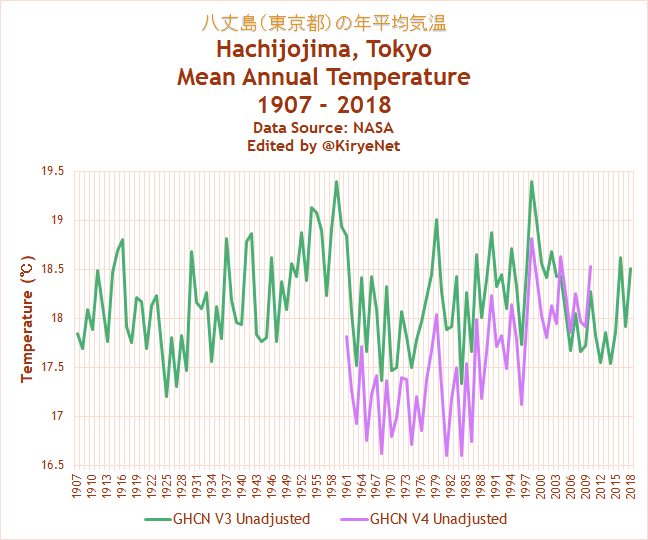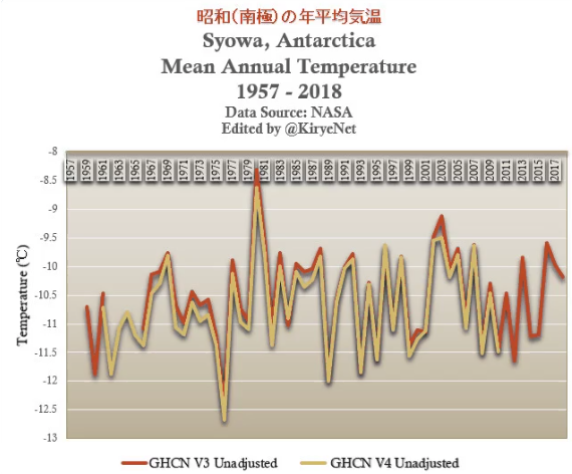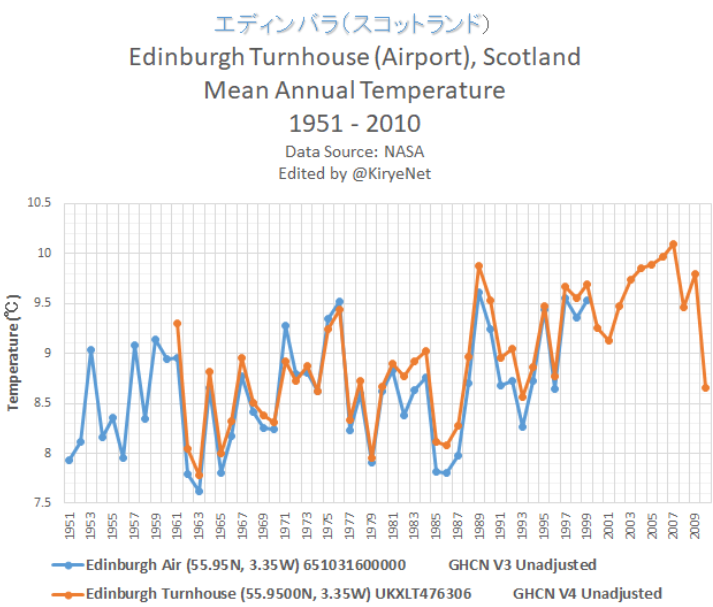angelburst29
The Living Force
Two new icebergs have broken off the Grey Glacier in Chile's Patagonia in recent weeks, amid fears that such ruptures are becoming more frequent, scientists told Reuters.
Fresh iceberg ruptures in Chile's Patagonia raise alarm
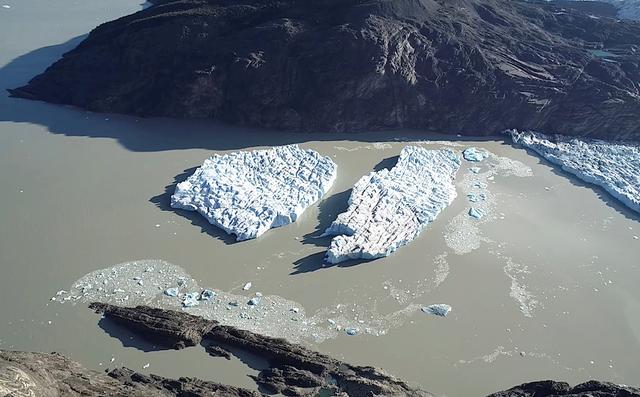
The breaks, which occurred on Feb. 20 and March 7, came after a larger block of ice the size of three soccer fields, (380 meters (1,247 feet) by 350 meters, separated from the glacier, which sits in a glacial lake in Torres del Paine National Park in southern Chile, in November 2017.
The most significant rupture to the glacier before that was recorded in the early 1990s. Scientists link the increased frequency of breaks to rising temperatures.
“There is a greater frequency in the occurrence of break-off in this east side of the glacier and more data is required to assess its stability,” said Ricardo Jana, researcher and member of the climate change area of the Chilean Antarctic Institute (INACH).
In recent days, “temperature rises above the normal average and intense rainfall were registered together with an increase in water level in the lake, factors that could explain the separation,” he added.
Researchers from universities in Germany and Brazil, together with experts from INACH and other local entities, have been studying the Grey Glacier since 2015 under an international cooperation program.
In December of this year, Chile will host the United Nations climate change summit, COP 25.
Fresh iceberg ruptures in Chile's Patagonia raise alarm
The breaks, which occurred on Feb. 20 and March 7, came after a larger block of ice the size of three soccer fields, (380 meters (1,247 feet) by 350 meters, separated from the glacier, which sits in a glacial lake in Torres del Paine National Park in southern Chile, in November 2017.
The most significant rupture to the glacier before that was recorded in the early 1990s. Scientists link the increased frequency of breaks to rising temperatures.
“There is a greater frequency in the occurrence of break-off in this east side of the glacier and more data is required to assess its stability,” said Ricardo Jana, researcher and member of the climate change area of the Chilean Antarctic Institute (INACH).
In recent days, “temperature rises above the normal average and intense rainfall were registered together with an increase in water level in the lake, factors that could explain the separation,” he added.
Researchers from universities in Germany and Brazil, together with experts from INACH and other local entities, have been studying the Grey Glacier since 2015 under an international cooperation program.
In December of this year, Chile will host the United Nations climate change summit, COP 25.




